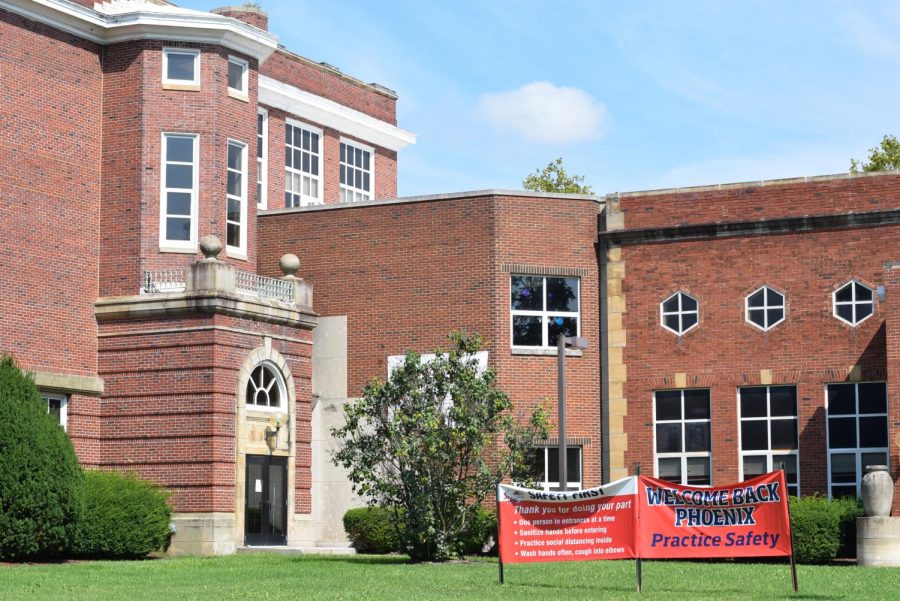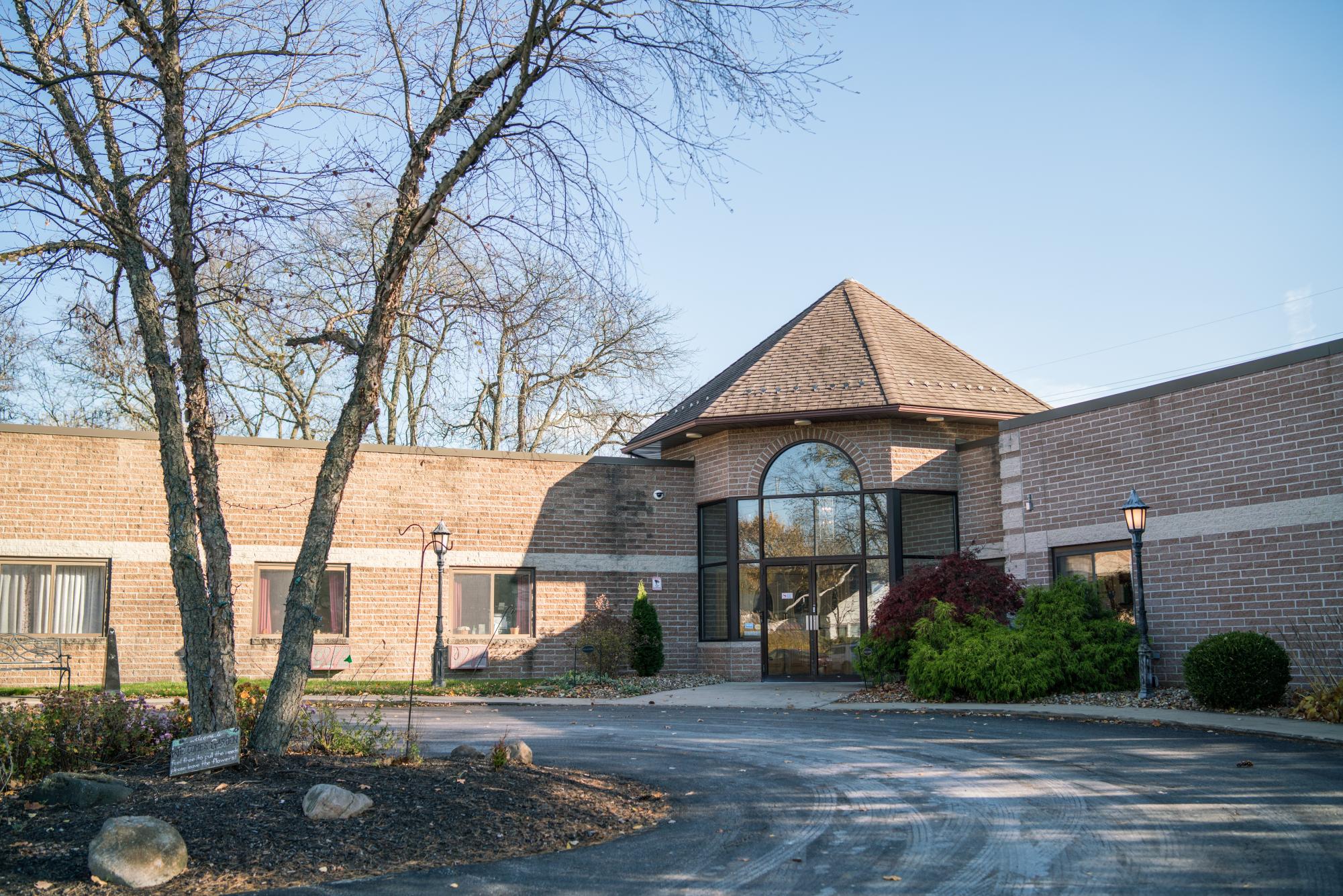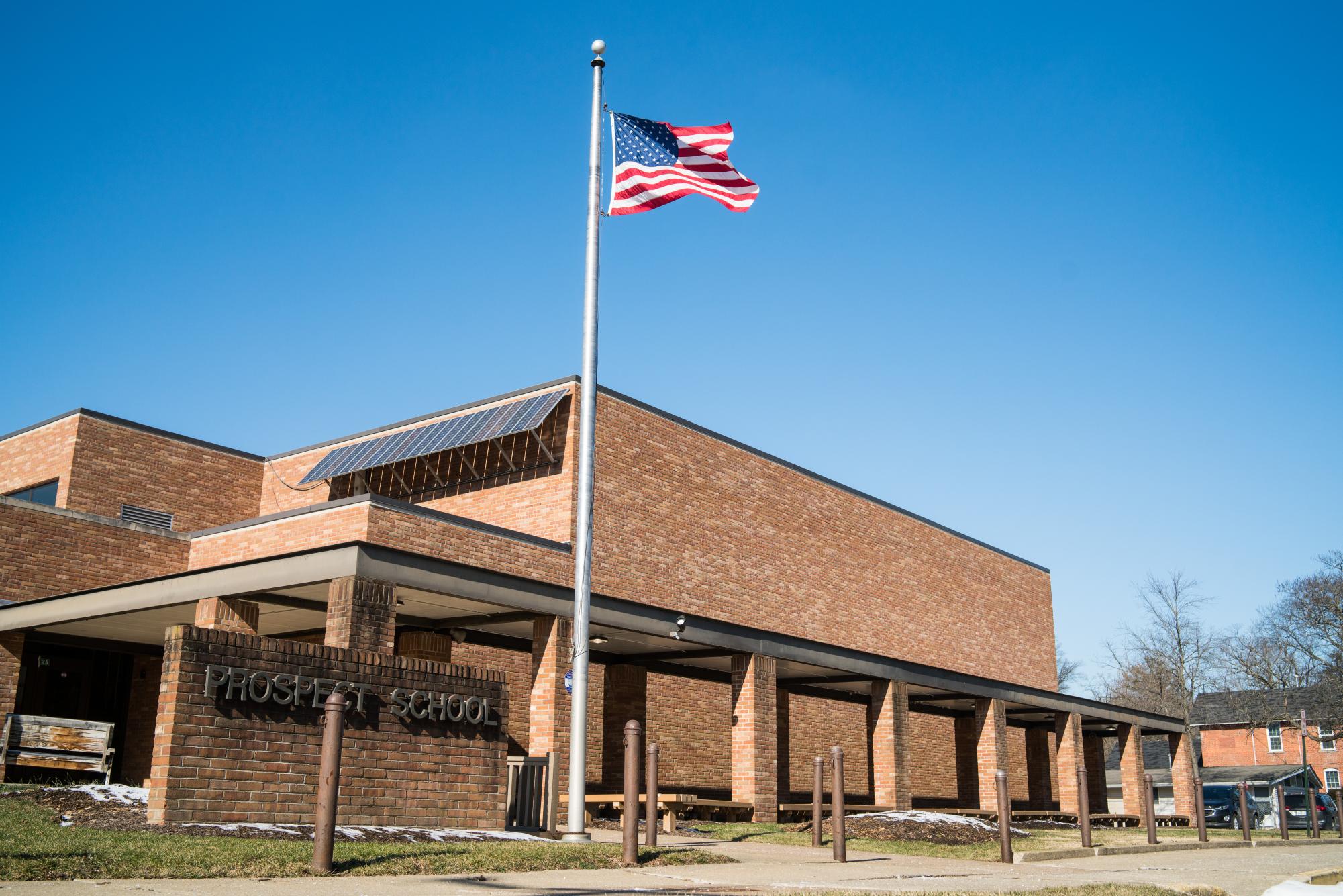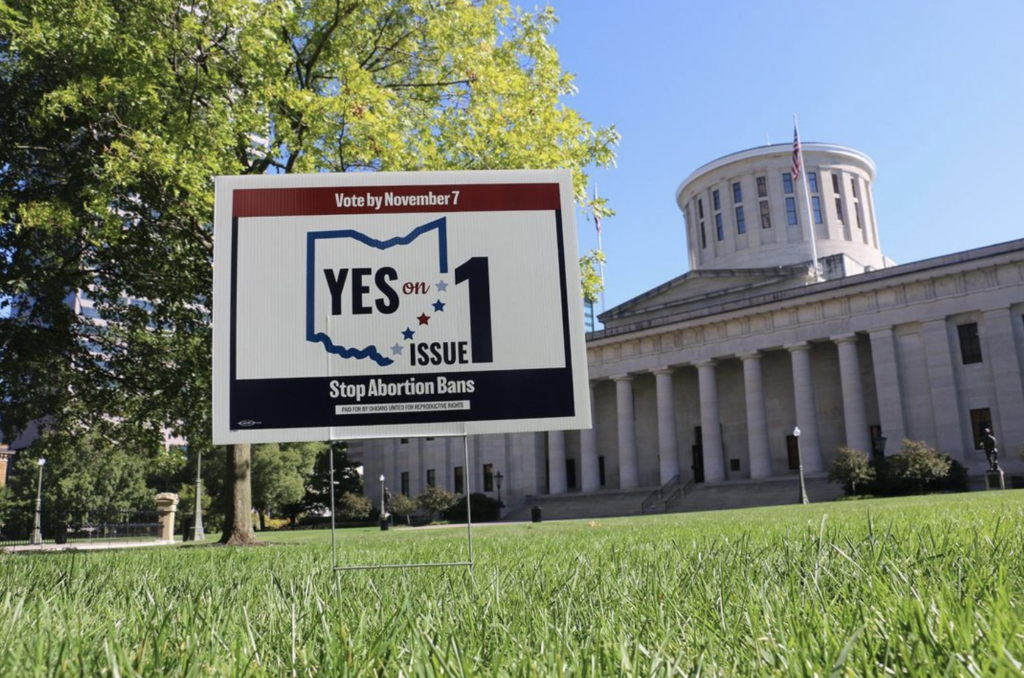Oberlin City Schools Extend Remote Learning Period
Oberlin City Schools will move to hybrid learning next January, after a fall semester of remote education.
In response to rapidly rising COVID-19 cases in Lorain County, Oberlin City Schools have extended remote learning until Jan. 19, after which they will shift to a hybrid model. This change extends a taxing period of online learning for students, families, and teachers who are facing both academic and emotional challenges.
Currently, only a small number of students who cannot participate in remote learning attend face-to-face instruction. In January, students in grades 3-12 will attend school one day a week, and children in kindergarten through second grade will attend in-person classes three days a week. Students will continue virtual lessons throughout the week.
According to Lorain County Health Commissioner Dave Covell, the hybrid model itself does not pose a high risk for COVID-19 spread among students. Covell says the biggest issue for schools are friends and family members who may expose teachers to the virus. When teachers are forced to quarantine, understaffing problems can push schools to go remote.
“Frankly, most schools that have designed their school properly, especially in that hybrid model, have not really seen it spread in the school very much,” Covell said. “It’s really been more extracurricular activities and kids hanging out together after school where we see that [spread].”
Initially, OCS had planned to move to the hybrid model before 2021.
“They were thinking about coming back in December for a few weeks to practice coming back, see if there are any bumps in their system, and then come back in January and be ready to go,” Covell said. “Unfortunately, as the case count went up, it didn’t seem to make sense, so it does make sense for them to push that off until January.”
Last March, the district struggled with access to technology for teachers and families and inconsistent attendance from students. To address these issues, OCS administrators distributed necessary technology to families in need. As a result of the district’s efforts, there has been a marked increase in students’ attendance this fall. However, according to OCS Director of Curriculum William Baylis, attendance is neither a measure of participation from students nor a benchmark for their progress.
Learning over Zoom poses challenges for children, parents, and teachers alike. Professor of Classics Ben Lee, the father of three OCS students, points to the sheer exhaustion of being on Zoom for eight hours a day.
“The real challenge has been for my younger boy … who’s in seventh grade,” Lee said. “I think classes are incredibly boring and confusing and kind of lonely for him. So we’ve had to figure out, ‘How do we do eight hours or whatever it is in front of a Zoom call without being bored?’”
Associate Professor of Africana Studies and Comparative American Studies Meredith Gadsby has two children in the OCS system. She says her kids are also dealing with boredom, in addition to other challenges.
“At any given time, there are four people in this house on the internet, on Zoom at the same time, which makes it very difficult to maintain a connection,” Gadsby said. “So there’s a lot of dropping, and then on the school’s end — the internet capabilities in each of the buildings was never designed for all teachers in the building at the same time being on Zoom. So, there’s that level [of difficulty] as well.”
As a result of challenges like technical difficulties and Zoom fatigue, administrators worry that students won’t be as engaged with the curriculum and will feel less comfortable seeking out the support they need.
“The engagement piece, and students feeling like they can ask for help, or if they’re struggling with something — that’s a piece that we’re having to work on student by student so that they feel safe enough and know how to get into that chat feature on Zoom and just private message the teacher, ‘I don’t get this’ or ‘I’m struggling with this,’” said Director of Pupil Services Sue Alig.
President of the OCS Board of Education and parent Jason Williams says that, despite the district’s effort to provide support, for some students there is no replacement for in-person learning and relationships.
“There are teachers that have gone to students’ homes and tutored them from outside of that student’s home,” Williams wrote in an email to the Review. “OCS teachers and administrators have done a great job in engaging students. However, despite their efforts, there’s still a small population of students that need extra support. Which is why the district considered offering a hybrid model.”
Families do not experience the impacts of remote learning equally. In a school district where 60 percent of the students receive free or reduced lunches, the pandemic has highlighted the disadvantages that many students face.
According to Baylis, students whose parents are able to monitor their learning have a better track record in classes. Students who have less school support at home may struggle more with technology or other basic questions that can hinder their ability to participate actively in class.
“If you would say that there’s a general pattern, we know that our neediest kids need to get back and be in touch with their teachers,” Baylis said.
Williams says moving to a hybrid model would reduce the obstacles for learning and emotional support.
“Given this new reality because of COVID-19, I think that we need to redefine ‘school’ and adopt a new learning/educational model,” he wrote. “This model would include a shortened school day (2-4 hours per day of virtual instruction), more individualized learning (students would pursue personal interests), and year-round school. I believe that is the best way to mitigate this learning loss.”
As cases in Lorain County continue to surge and schools extend virtual operations, many teachers are trying to go the extra mile for their students.
“I’m not sure what’s holding American culture and society together, but I don’t think a bad guess would be [that a major part of it is] the education system,” Lee said.







